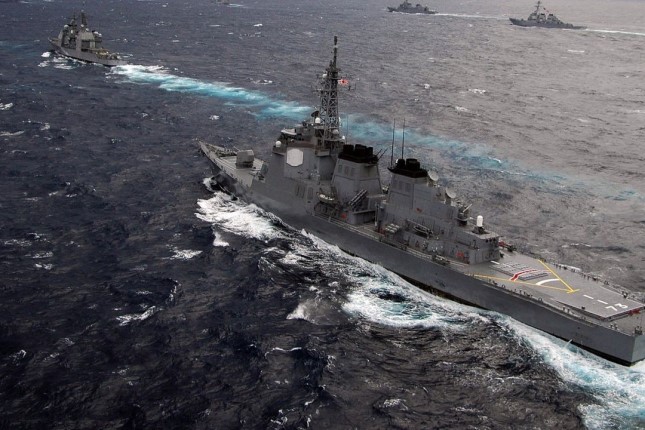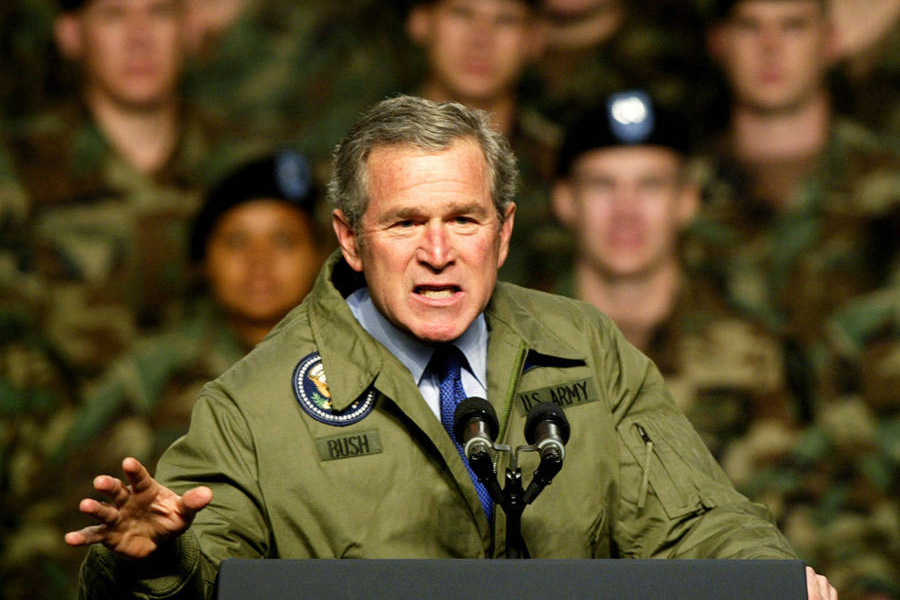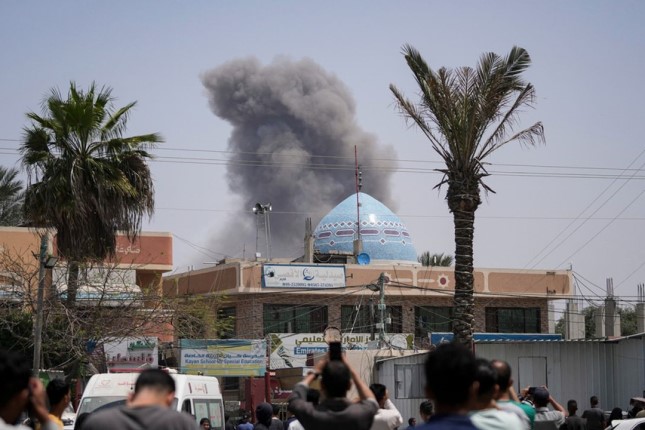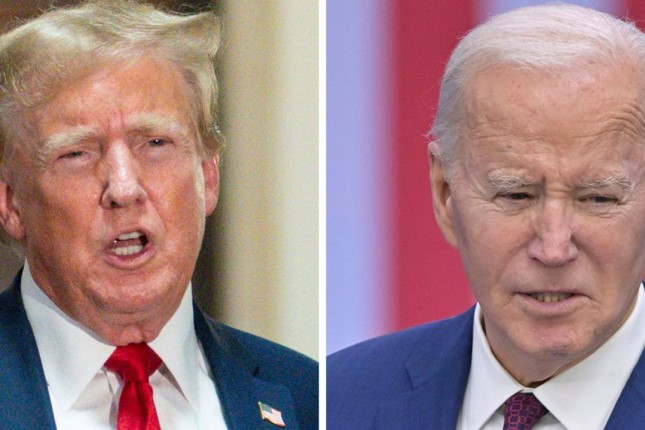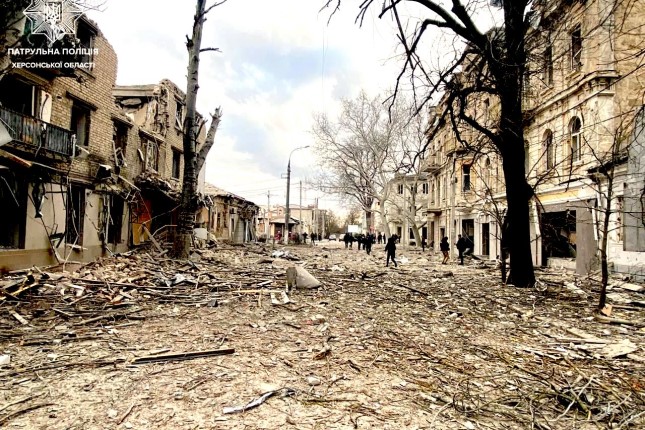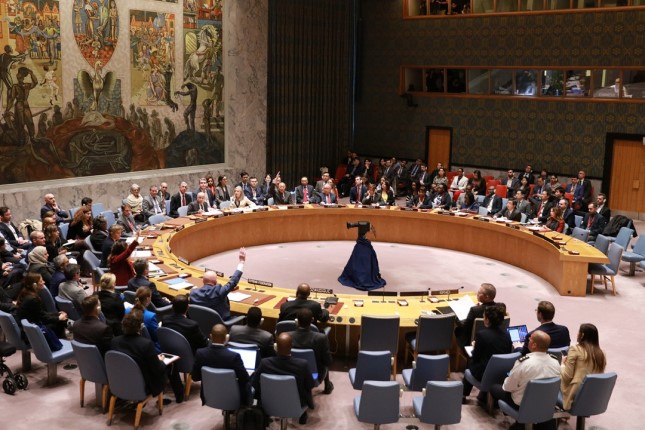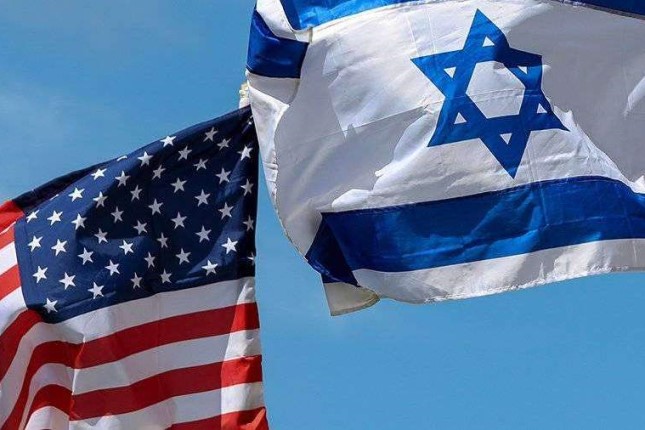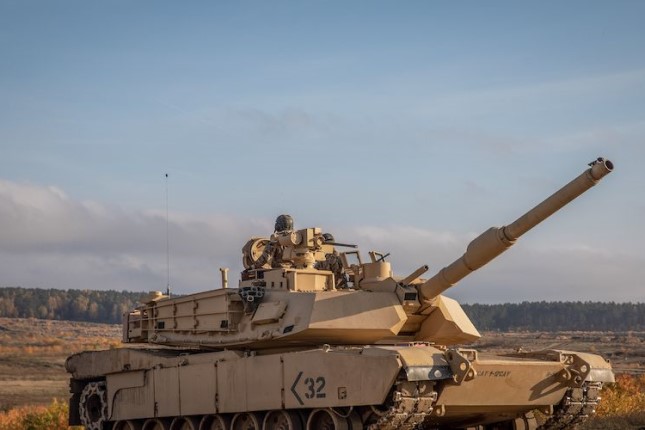Produced by the Defense Ministry, the document is presented as a justification for Japan’s remilitarization and makes clear that China is the primary target of this massive buildup. It is the first white paper to come out since the formal release of Tokyo’s new military strategy last December.
The paper presents China as Japan’s “greatest strategic challenge,” while also denouncing Russia and North Korea. Tokyo claims that Beijing is “continuing and amplifying its unilateral changes to the status quo by force” in the East and South China Seas, an accusation that appears throughout the document. This provides the pretext for Tokyo to drastically ramp up its military spending; acquire cruise missiles and drones to launch offensive attacks; and further strengthen alliances with the US and other “like-minded countries” in the region.
The white paper states that Japan’s “three defense objectives” include shaping the security environment in the region, preparing to respond to so-called forceful unilateral changes to the status quo, and plans to “disrupt and defeat” an invasion. Put more simply, Tokyo intends to possess the military capacity to threaten other countries, namely China, while preparing to launch a war in league with the US using the supposed “threat” posed by Beijing as the excuse.
The focus on China is significant. Prior to the release of the revised National Security Strategy last December, along with the National Defense Strategy and the Defense Buildup Program, Tokyo claimed North Korean “aggression” as its main justification for remilitarization. That phony rationale has been pushed aside. Now, it is Beijing’s “unilateral changes to the status quo by force” that supposedly makes war preparations necessary.
In reality, Japanese and the US are targeting China for Beijing’s refusal to acquiesce to US hegemony in the Indo-Pacific, or the so-called “international rules-based order” where the rules are written in Washington. China is being cast as the aggressor to cover up the ambitions of US and Japanese imperialism and the responsibility of Washington for inflaming tensions in the region.
Under the Obama administration’s “pivot to Asia,” minor territorial disputes in the East and South China Seas were deliberately stoked, including between China and Japan. When the Trump administration took power, Washington inflamed tensions between mainland China and Taiwan, a policy that Biden has continued. This includes sending war ships on “freedom of navigation” operations through the Taiwan Strait; high-ranking diplomatic exchanges between US and Taiwanese officials; and major sales of weaponry to Taipei.
Tokyo has backed Washington over Taiwan. The white paper states Beijing is “increasing military pressure on Taiwan,” which Tokyo claims is also a threat to nearby Japanese islands. It hypocritically denounces China for conducting air and naval transits in the region while supporting US naval and air provocations around Taiwan and in the South China Sea. Washington and Tokyo are ultimately attempting to goad China into a conflict over Taiwan using the same tactic as in Ukraine to provoke a war with Russia.
In preparation for such a war, the Defense Ministry in last December’s Defense Buildup Program pledged to increase military spending in the 2023–2027 period to 43 trillion yen ($US300 billion), a 56.5 percent increase over the previous five-year period. The white paper reiterates the pledge to bring annual military spending up to Washington’s benchmark by fiscal year (FY) 2027. It stated Tokyo “will take the necessary measures to ensure that the budget level for both the fundamental reinforcement of defense capabilities and complementary initiatives reaches 2 percent of the GDP in FY2022,” up from the current 1 percent it currently spends.
This will be achieved through an 8.9 trillion-yen ($US62 billion) military budget in 2027 as well as additional spending on the Coast Guard, infrastructure, and technology research, raising the total to approximately 11 trillion yen ($US77 billion). Under Japan’s revised military strategy, the government will create new mechanisms for incorporating the additional spending and operations of separate sectors into its armed forces. By doing so, Tokyo further militarizes these areas, brings them in line with the war drive against China, and de facto doubles its annual military spending.
The manipulation of expenditures to reach the 2 percent benchmark is no doubt meant to deflect public opposition to war. Longstanding anti-war sentiment exists in Japan, particularly within the working class, which suffered heavily under militarist regimes in the 1930s and 1940s before Japan’s defeat in World War II.
Widespread public opposition exists to efforts to eliminate Article 9 from the country’s constitution—the so-called pacifist clause. It states that Japan “forever renounce(s) war as a sovereign right of the nation and the threat or use of force as means of settling international disputes” while “land, sea, and air forces, as well as other war potential, will never be maintained.”
An Asahi Shimbun survey this past May found 55 percent of respondents believe Article 9 should not be changed.
To skirt around public opposition, the Japanese ruling class instead has chipped away at and carried out numerous constitutional “reinterpretations” over the years. After signing the Japan US Security Treaty in 1951, Tokyo established the Self-Defense Forces in 1954, the formal name of Japan’s military. From 1972 to 2014, the government claimed it had the so-called right to “collective self-defense” in theory.
The administration of Prime Minister Shinzo Abe explicitly claimed in 2014 that Japan could conduct “collective self-defense” operations alongside an ally and pushed related military legislation through parliament the following year. Now the Defense Ministry’s white paper pledges closer collaboration with “like-minded countries” such as South Korea.
Tokyo has moved closer to Seoul in recent months under pressure from Washington, which regards cooperation between its two major allies in North East Asia as critical for its war drive. Both countries are part of the anti-ballistic missile system that Washington has established in the region directed at China. Japan has also increased military exercises with the US and South Korea in the region, further provoking Beijing.
Japan’s white paper amounts to a justification for remilitarization and the intensification of the war drive against China in alliance with the US. There is nothing defensive about Tokyo’s intentions, as the Japanese ruling class seeks to do away with the fetters of its post-war constitution so as to wage war in pursuit of its imperialist interests.
Main photo: Japan Maritime Self-Defense Force (JMSDF) destroyer JDS Kongou (DDG 173) in formation with other JMSDF ships and ships assigned to the USS Kitty Hawk Carrier Strike Group in 2005 © US Navy Chief Photographer's Mate Todd Cichonowicz.
Source: World Socialist Web Site.
